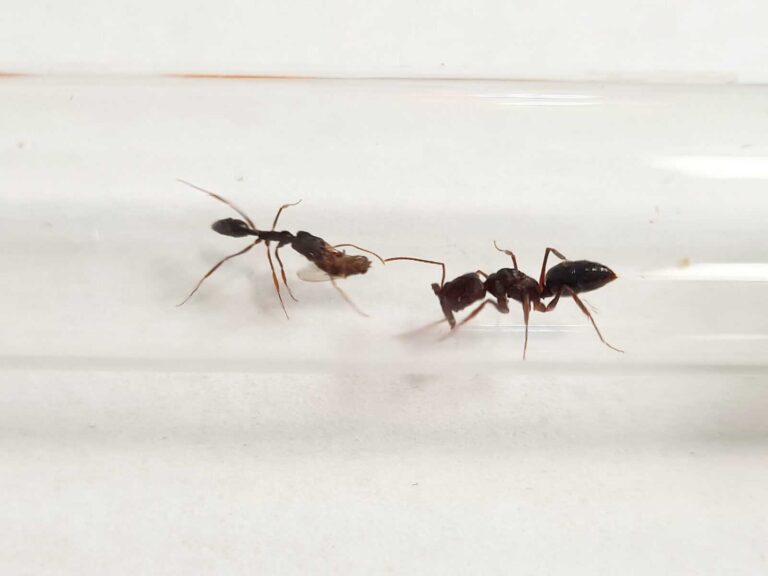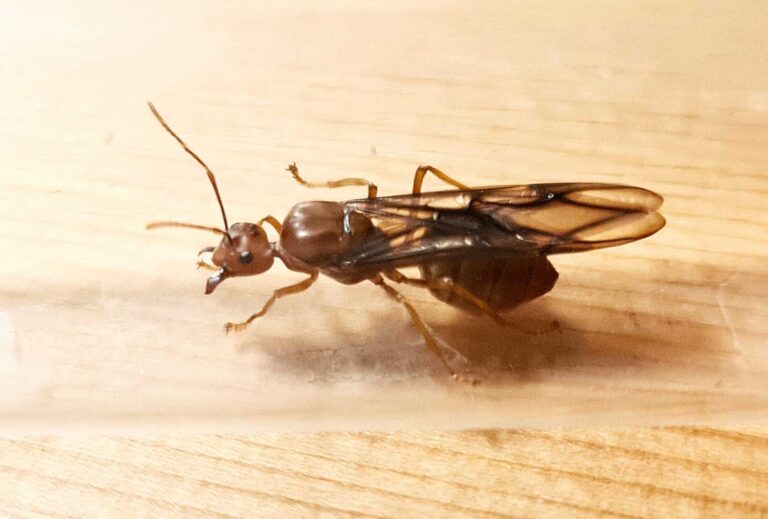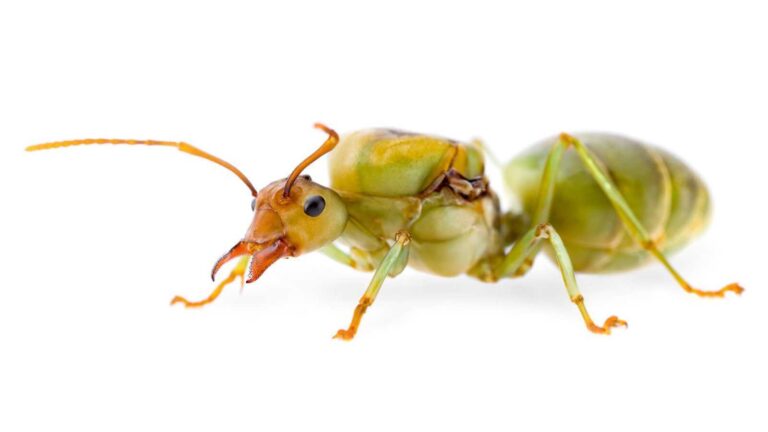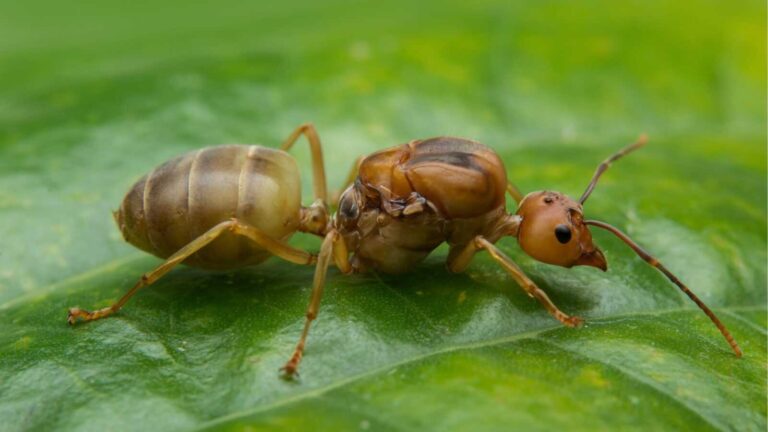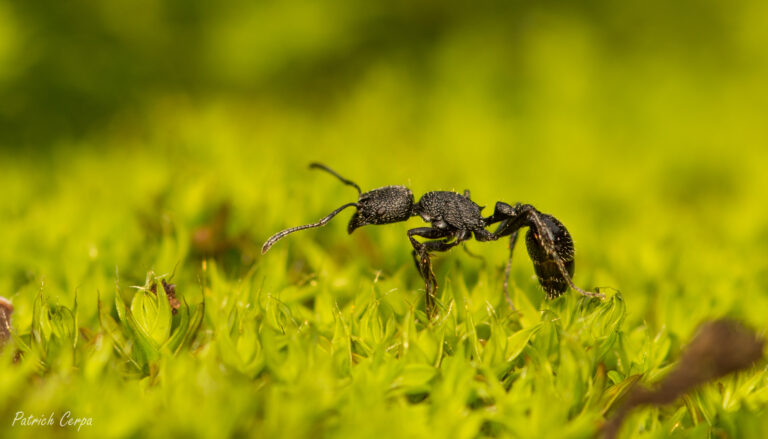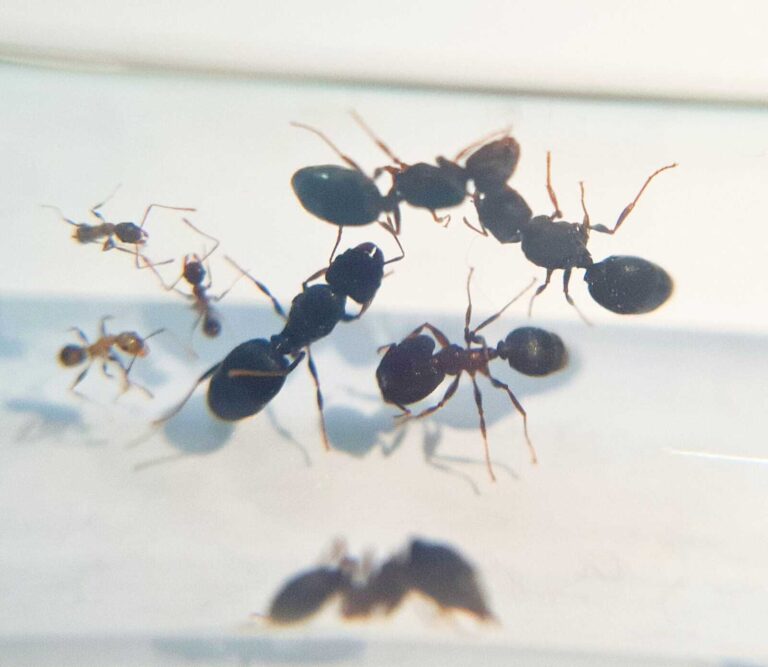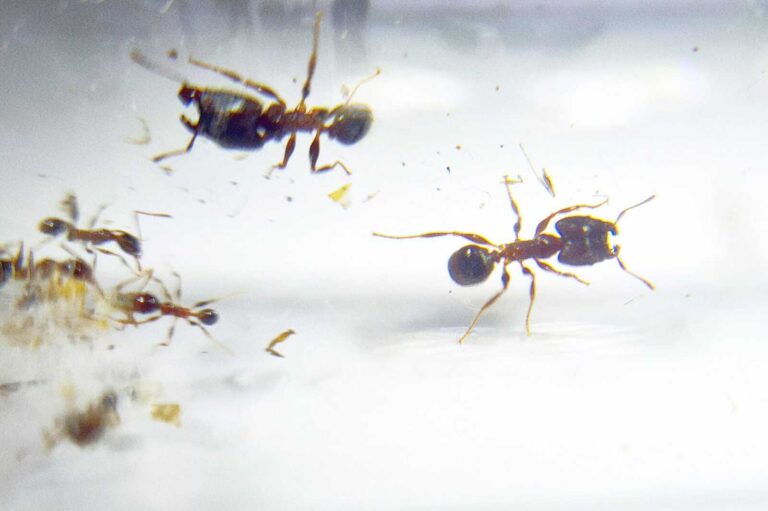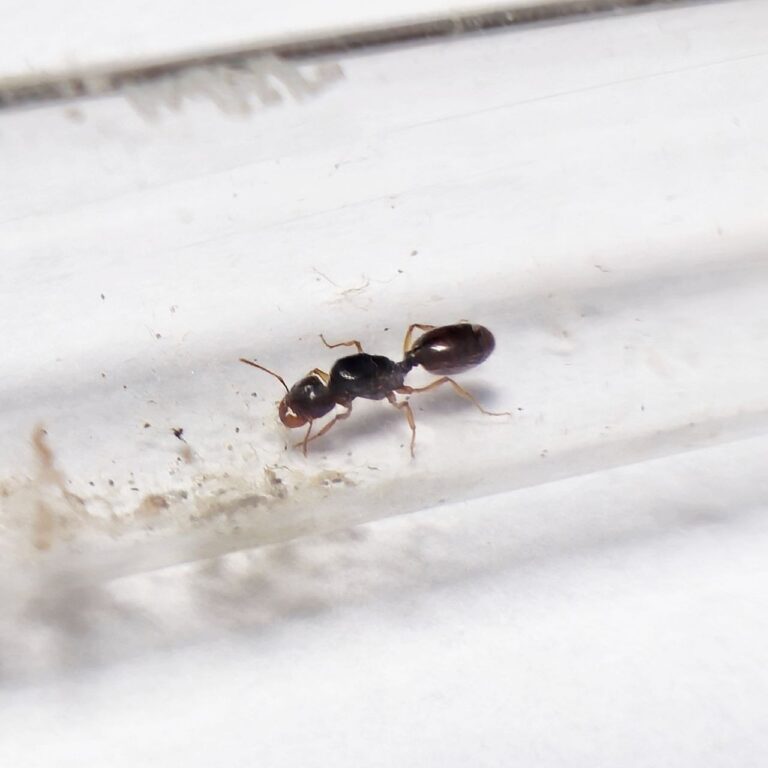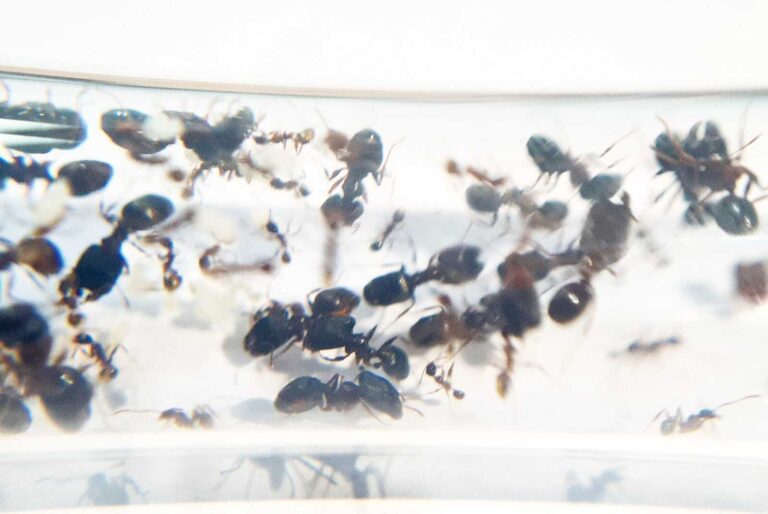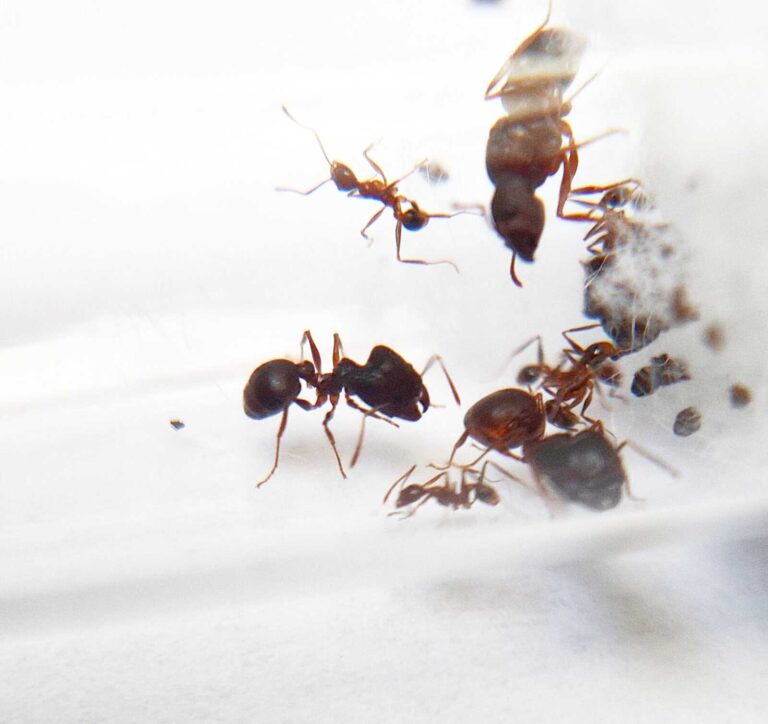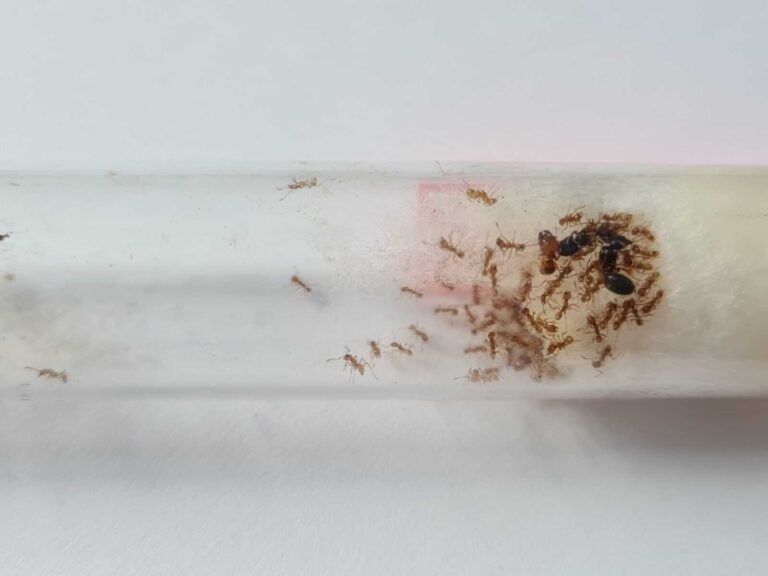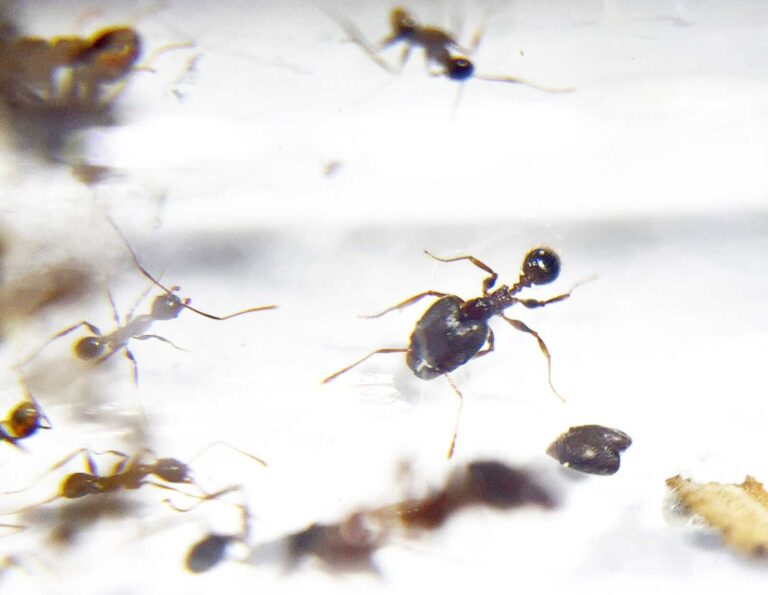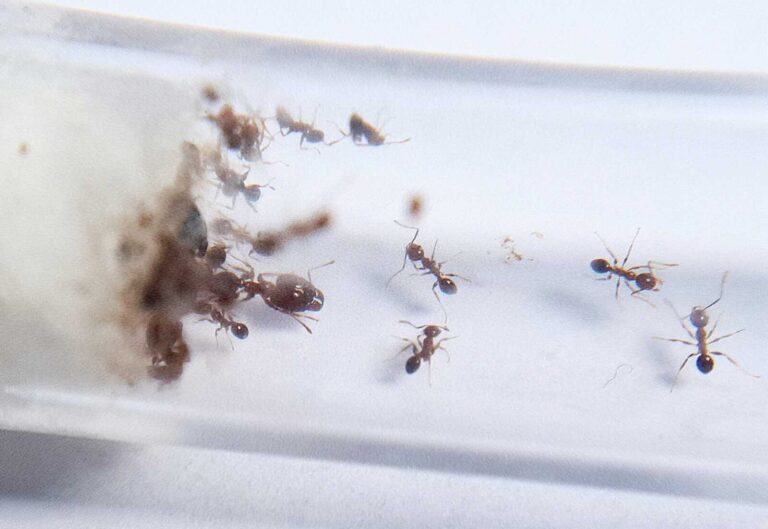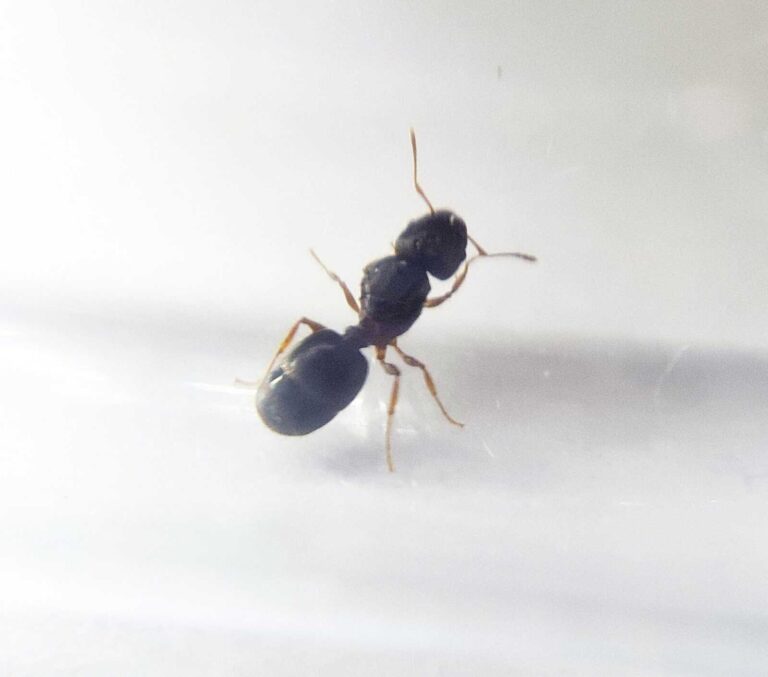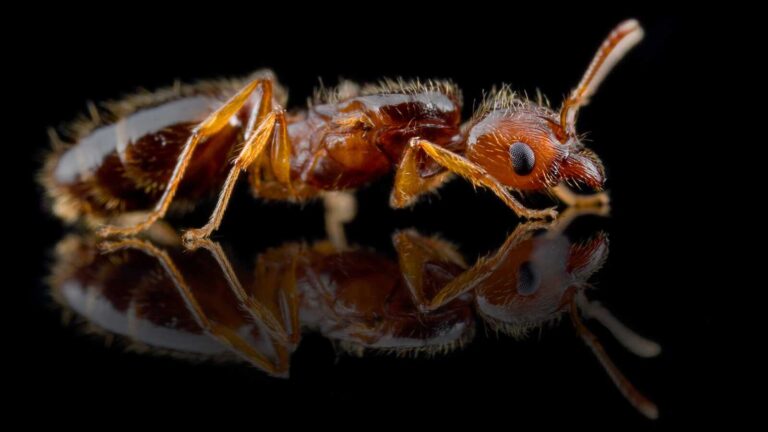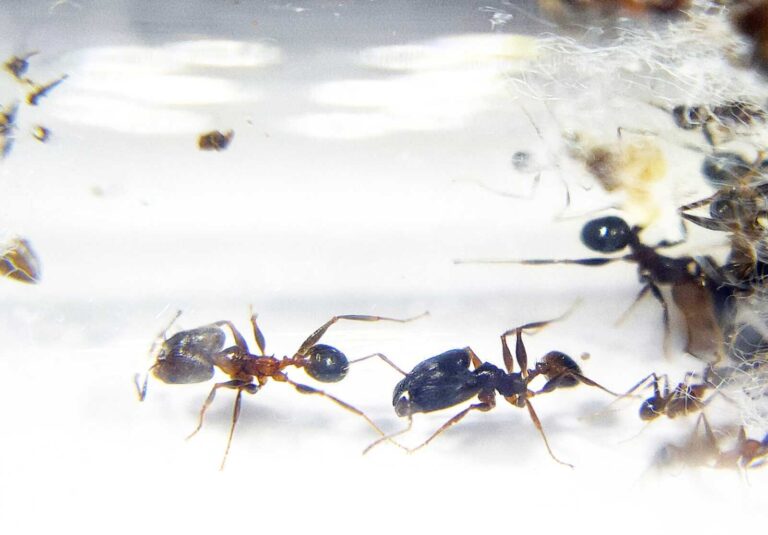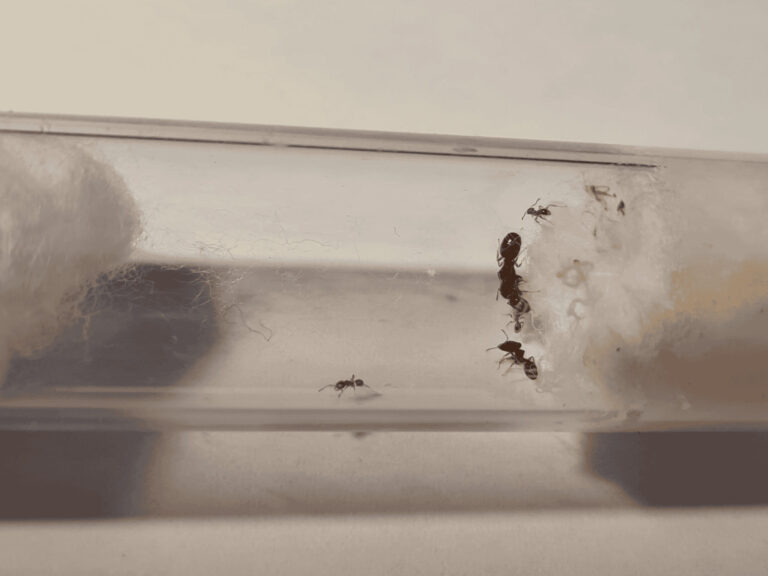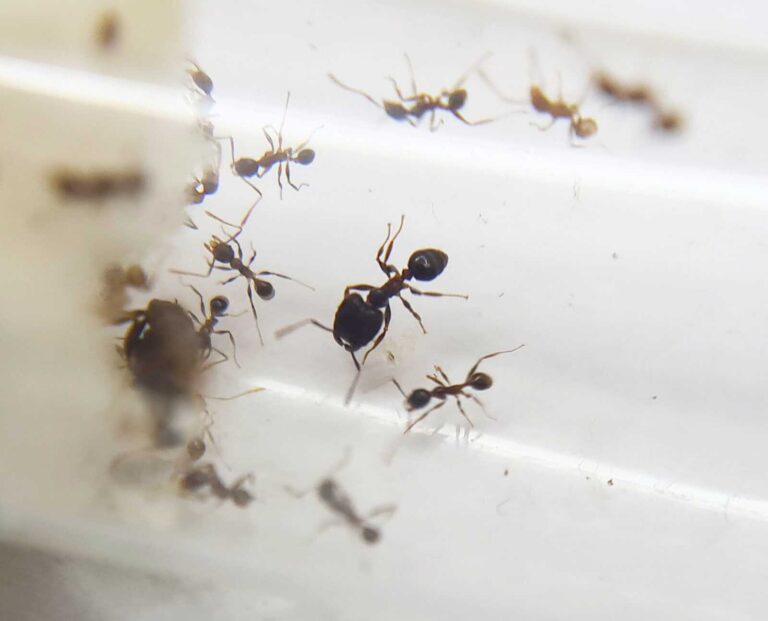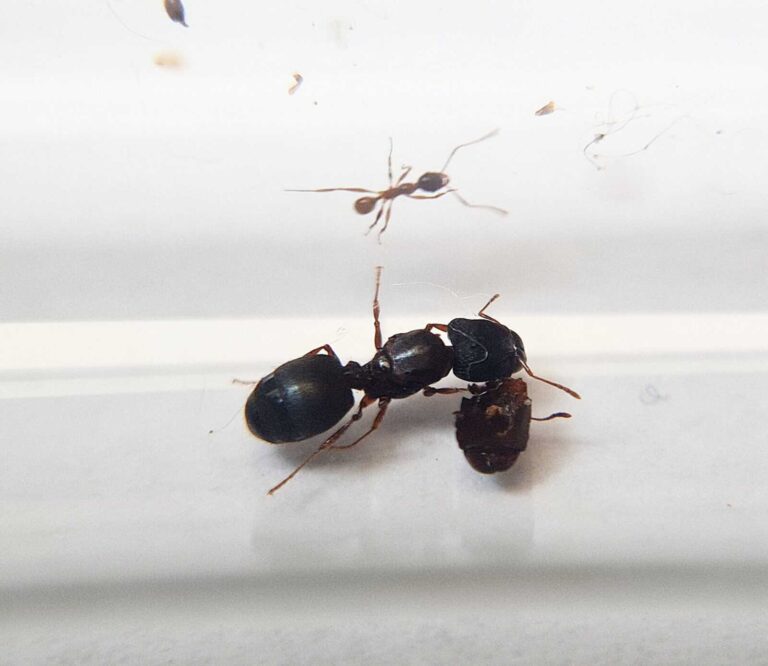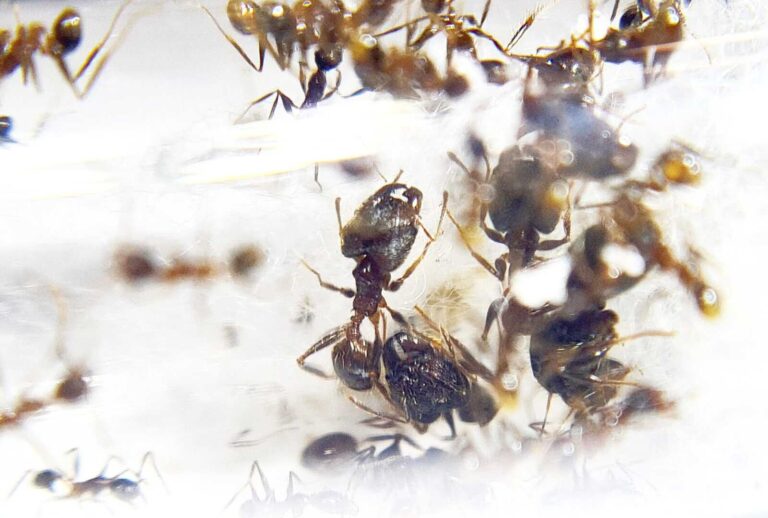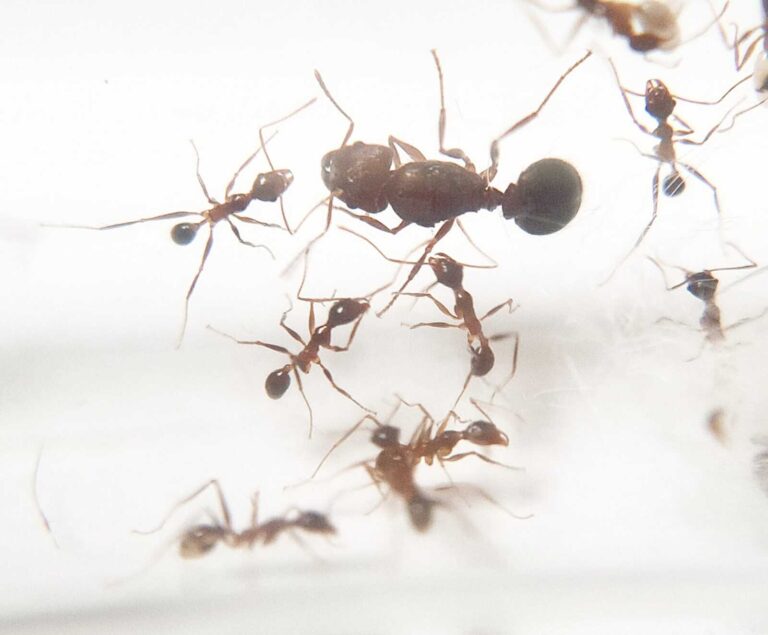Showing 61–80 of 89 results
Product categories
Stock status
Filter by price
Behavior
- ShyShy 5
- CalmCalm 75
- ModerateModerate 141
- FastFast 11
Defficulty
Number of workers
- Queen 79
- Queen and 1-50 workers 12
- Queen and 1-3 workers 72
- Queen and 4-10 workers 75
- Queen and 11-20 workers 75
- Queen and 21-40 workers 76
- Queen and 41-60 workers 72
- Queen and 61-100 workers 41
- Queen and 51-100 workers 12
- Queen and 101-200 workers 29
- Queen and 201-500 workers 18
- Queen and 501-1000 workers 9
- 2 Queens 13
- 2 Queens and 1-50 workers 6
- 2 Queens and 1-3 workers 11
- 2 Queens and 4-10 workers 11
- 2 Queens and 11-20 workers 11
- 2 Queen and 21-40 workers 11
- 2 Queens and 41-60 workers 11
- 2 Queens and 61-100 workers 5
- 2 Queens and 101-200 workers 11
- 2 Queens and 51-100 workers 6
- 2 Queens and 201-500 workers 8
- 2 Queens and 501-1000 workers 2
- 3 Queens 10
- 3 Queens and 1-50 workers 6
- 3 Queens and 1-3 workers 9
- 3 Queens and 4-10 workers 9
- 3 Queens and 11-20 workers 9
- 3 Queens and 21-40 workers 9
- 3 Queens and 41-60 workers 9
- 3 Queens and 61-100 workers 4
- 3 Queens and 51-100 workers 6
- 3 Queens and 101-200 workers 9
- 3 Queens and 201-500 workers 8
- 3 Queens and 501-1000 workers 1
Origin
Filter by size
MicroMicro 6
SmallSmall 30
MediumMedium 23
LargeLarge 23
HugeHuge 7
Odontomachus troglodytes
405,90 złOdontomachus troglodytes is a polygynous ant species with colonies of up to 300 workers. The queen measures 8-11mm and workers measure 7-9mm. They have a red dark black head and red-brown body. Their diet consists of food insects such as cockroaches and crickets, as well as sweet fruit. They require a humidity level of 60-70% in the arena and 60-80% in the nest.
Oecophylla longinoda
469,90 złOecophylla longinoda is a polygyne ant species with colony sizes ranging from 100,000 to 500,000 workers. They have a very fast development speed. The queen ants are 12-16 mm in size while the workers are 4-9 mm. They have a yellowish brown to brown color with a strong chest. Their nutrition includes insect food, syrup, fruits, vegetables, jelly, and cooked chicken.
Oecophylla smaragdina
429,90 złLooking to learn about fascinating creatures? Meet Oecophylla smaragdina, the green weaver ant. This comprehensive guide covers their colony type, size, development speed, nutrition, and more. Discover the unique characteristics and captivating behavior of this remarkable species.
Patagonomyrmex angustus
589,90 zł – 999,90 złPrice range: 589,90 zł through 999,90 złPatagonomyrmex angustus polygynous ant colony, with colony size usually under 400 workers, rarely exceeding that size in natural nests
Size: Queens: ~7-9 mm, Workers: ~4–6 mm
Pheidole aglae
149,90 złPheidole aglae is a species of ant with a polygynous colony type. The colony can have up to 10,000 workers and develops speedily. The queen measures 7-8 mm while the workers range from 2.5-4 mm in size. The ants are dark brown with a reddish shade in the light. They primarily feed on food insects and syrup.
Pheidole annera
147,90 zł – 299,90 złPrice range: 147,90 zł through 299,90 złPheidole annera is a polygynous ant species with colony sizes of up to 10,000 workers. They have a fast development speed and come in different sizes, with queens measuring 7-8 mm, workers measuring 2.5-4 mm, and majors measuring 4-5.5 mm. These ants have a dark brown color with a noticeable reddish shade in the light. They feed on food insects like cockroaches and crickets, as well as syrup made from water and honey.
Pheidole barbata
259,90 zł – 359,90 złPrice range: 259,90 zł through 359,90 złPheidole barbata is a dimorphic, structured ant species with distinct soldier and worker castes. Fast-growing and highly organized, it’s a great choice for keepers interested in visible caste roles and dynamic colony behavior. Low-maintenance and tropical — ideal for intermediate hobbyists seeking variety without excessive complexity.
Pheidole comata
159,90 zł – 319,90 złPrice range: 159,90 zł through 319,90 złPheidole comata is a polygynous ant species with colonies that can reach up to 10,000 workers. They have a fast development speed. The queen measures 7-8 mm, workers are 2.5-4 mm, and majors are 4-5.5 mm in size. These ants have a brownish black color. Their nutrition includes food insects, syrup, fruits, vegetables, jelly, and cooked c.
Pheidole elisae
175,90 zł – 309,90 złPrice range: 175,90 zł through 309,90 złPheidole elisae is a polygynous ant species with fast development speed. The colony can have up to 50,000 workers. The queen measures 7-9 mm while workers and majors range from 2-6 mm. They have a dark brown color and their nutrition consists of food insects, syrup, fruits, vegetables, jelly, and cooked unsalted chicken.
Pheidole flaveria
89,90 złPheidole flaveria is a polygynous ant species with colony sizes of up to 10,000 workers, known for its fast development speed. The queen measures 6-8 mm, while the workers and majors measure 2-3 mm and 3-5 mm, respectively. These orange ants require a varied diet including food insects, syrup, fruits, vegetables, jelly, and cooked chicken without salt.
Pheidole longipes
169,90 złPheidole longipes is a species of ant with a polygynous colony type and a fast development speed. The colony can grow up to 10,000 workers, with queens measuring 7-9 mm, workers measuring 3-4 mm, and majors measuring 4-7 mm. They have varying shades of brown color and can be fed with food insects, syrup, fruits, vegetables, jelly, and cooked chicken.
Pheidole megacephala
129,90 zł – 449,90 złPrice range: 129,90 zł through 449,90 złPheidole megacephala is a polygynous ant species with colony sizes of up to 50,000 workers. They have a fast development speed and are characterized by their dark brown color with a reddish shade in the light. They primarily feed on food insects such as cockroaches and crickets, as well as syrup made from a mixture of water and honey.
Pheidole nigeriensis
199,90 złPheidole nigeriensis is a polygynous ant species with a colony size of up to 20,000 workers. They have a fast development speed and the queen measures between 6.5-8 mm, while the workers are 2.5-4 mm and majors are 4-5.5 mm in size. They have a varying intensity of brown coloration and their nutrition includes food insects, syrup, fruits, vegetables, jelly, and cooked chicken.
Pheidole pallidula
39,90 zł – 109,90 złPrice range: 39,90 zł through 109,90 złPheidole pallidula is a monogynous ant species with a colony size of up to 10,000 workers. They have a fast development speed and come in different sizes: queens are 6-8 mm, workers are 2-4 mm, and majors are 3-5 mm. The ants are yellow-orange in color and their nutrition includes food insects, syrup, fruits, vegetables, jelly, and cooked chicken without salt.
Pheidole parva
187,90 złPheidole parva is a polygynous ant species with colonies of up to 10,000 workers. They have a fast development speed and come in varying shades of brown. They feed on food insects, syrup, fruits, vegetables, jelly, and cooked chicken. The queen measures 7-9 mm while workers range from 3-4 mm and majors from 4-7 mm.
Pheidole pieli
69,90 złPheidole pieli is a polygynous ant species with colonies of up to 3000 workers. They have a fast development speed. The queen is 4-5 mm, workers are 2-3 mm, and majors are 3-4 mm in size. They are dark brown in color, with majors having a bright red abdomen. Their nutrition includes food insects, syrup, fruit, vegetables, jelly, and cooked food.
Pheidole plagiaria
155,90 zł – 279,90 złPrice range: 155,90 zł through 279,90 złPheidole plagiaria is a polygynous ant species with colonies of up to 50,000 workers. They have a fast development speed and come in various sizes, with the queen measuring 7-9 mm, workers ranging from 2-4 mm, and majors at 4-6 mm. They have a dark brown color and require a diet of food insects, syrup, fruits, vegetables, jelly, and cooked chicken without salt.
Pheidole planifrons
169,90 zł – 289,90 złPrice range: 169,90 zł through 289,90 złPheidole planifrons is a polygynous ant species with a fast development speed. The colony size can reach up to 20,000 workers. The ants vary in size, with the queen measuring 7.5-8.5mm, workers measuring 3.5-4.5mm, and majors measuring 6-7mm. They are dark brown in color and their diet consists of food insects, syrup, fruits, vegetables, jelly, and cooked chicken without salt.
Pheidole protea
152,90 zł – 339,90 złPrice range: 152,90 zł through 339,90 złPheidole protea is a polygynous ant species with colonies of up to 10,000 workers. The ants have a fast development speed and come in varying shades of brown. They require a diet of food insects, syrup, fruit, vegetables, jelly, and cooked chicken without the bones. The queen measures 7-9mm, workers are 3-4mm, and majors are 4-7mm in size.
Pheidole singaporensis
179,90 złPheidole singaporensis is a species of ant with a monogynous colony type. They have a fast development speed and a colony size of up to 50,000 workers. The ants are reddish brown with a dark back, while the queen is dark. They require a diet of food insects, syrup, fruit, vegetables, jelly, and cooked seeds.


